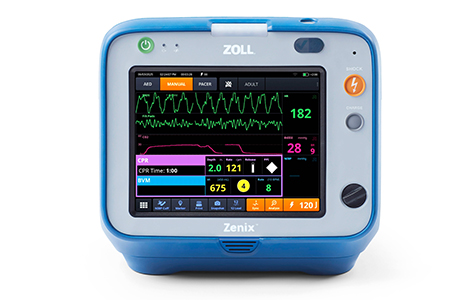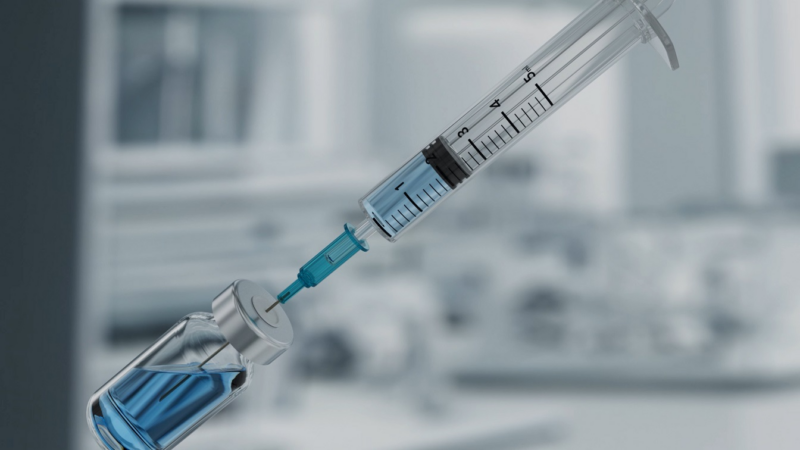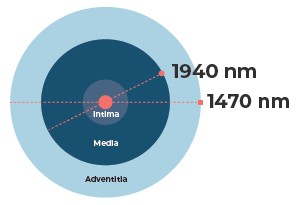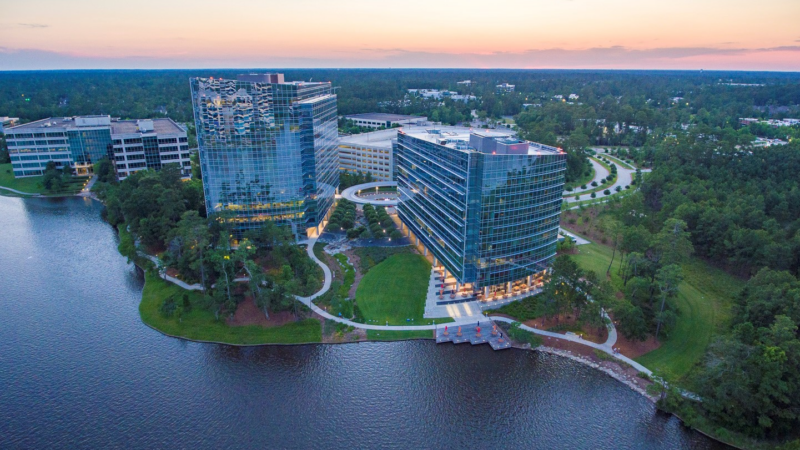The potential consequences of gut microbial dysbiosis are not restricted to bowel conditions only. Prominent among the other organs that might be affected is the liver.
Diseases such as non-alcoholic fatty liver disease (NAFLD), non-alcoholic steatohepatitis (NASH), alcoholic liver disease and cirrhosis are associated with a disturbed microbial balance in the intestine (dysbiosis). The mechanisms behind the onset of these diseases are illuminated by the findings of Prof Bernd Schnabl (University of California San Diego/USA) who presented his research results at the Gut Microbiota for Health World Summit that took place in Miami/USA, March 5-6 2016.
One association between gut microbiota perturbations and liver conditions that physicians have long been aware of is intestinal bacterial overgrowth – an excessive increase in the number of bacteria in small intestine of patients with alcoholic liver disease. But meanwhile it has become clear that patients with NAFLD or NASH – often associated with obesity – also have imbalances in their gut microbiota. These are not only of a purely quantitative nature as in bacterial overgrowth where the total number of bacteria is increased. As Prof. Schnabl pointed out, qualitative changes in the microbial composition with raised amounts of potentially detrimental bacteria such as E. coli and a reduced portion of beneficial strains, for example Lactobacillus are equally important. „A dysbiosis of this kind induces inflammation which can weaken the gut barrier and finally lead to breaches, thus allowing potentially harmful bacteria and their metabolic products to go through the barrier and enter the portal blood stream that reaches the liver which then encounters these potential pathogens,“ said Prof Schnabl. The fact that high fat diet as well as long-term alcohol abuse can result in a disrupted intestinal barrier shows the connection between lifestyle – particularly diet – and these deficiencies.
Detrimental bindings
Among the harmful microbial products that are able to move from the lumen of the gut to the bloodstream is lipopolysaccharide (LPS), an endotoxin produced by bacteria. The levels of these compounds are elevated after consumption of high fat nutrients and they can also indicate a disrupted mucosal barrier. LPS that sneaks through the gaps in the gut barrier and reaches the liver via the portal vein can bind to toll-like receptor 4 (TLR 4), that is part of the immune system and present on liver cells. TLR4 responds by activating various liver cells causing inflammation, cell death of hepatocytes and eventually scaring of the liver (fibrosis, cirrhosis). TLR 4 together with LPS is only one of several combinations of receptors and binding molecules that are involved in the onset of inflammatory and fibrosis-inducing processes.
Further evidence is provided by animal trials showing that genetically modified mice without receptors to recognize these bacterial products do not develop liver diseases. A clinically relevant option is reducing the translocation of bacterial products such as LPS. This can be achieved by antibiotics, which decrease the total amount of intestinal bacteria. Hence fewer bacterial products are available to enter the blood stream.
The potential of probiotics
Another promising path is the stabilization of the gut barrier by restoring the underlying dysbiosis through intake of probiotics. Prof. Schnabl pointed to trials with Lactobacillus that reversed dysbiosis and lowered LPS levels in cirrhotic patients. However, before the probiotic approach can become standard of care, these findings need to be confirmed and completed by further studies. „Closely intertwined with this line of research is our goal to develop personalized treatments of liver diseases. This presupposes a more profound knowledge of the various types of gut microbiota compositions, which then can be associated with clinical symptoms and disease outcomes. Patients with a different microbiota could be treated differently and more efficiently. There is still some way to go, but there is no doubt that we are heading in the right direction,“ said Prof Schnabl.
More information: www.gutmicrobiotaforhealth.com (http://www.gutmicrobiotaforhealth.com/en/media-center/)
Presseagentur für Medizinthemen
Kontakt
impressum health & science communication
Frank von Spee
Hohe Brücke 1
20459 Hamburg
040 31786410
vonspee@impressum.de
http://www.impressum.de






